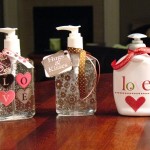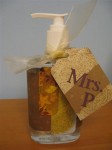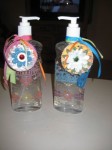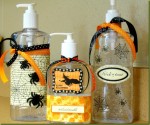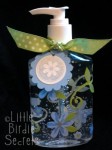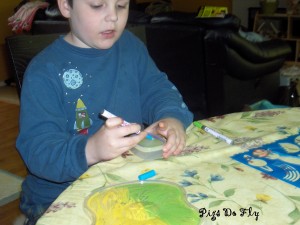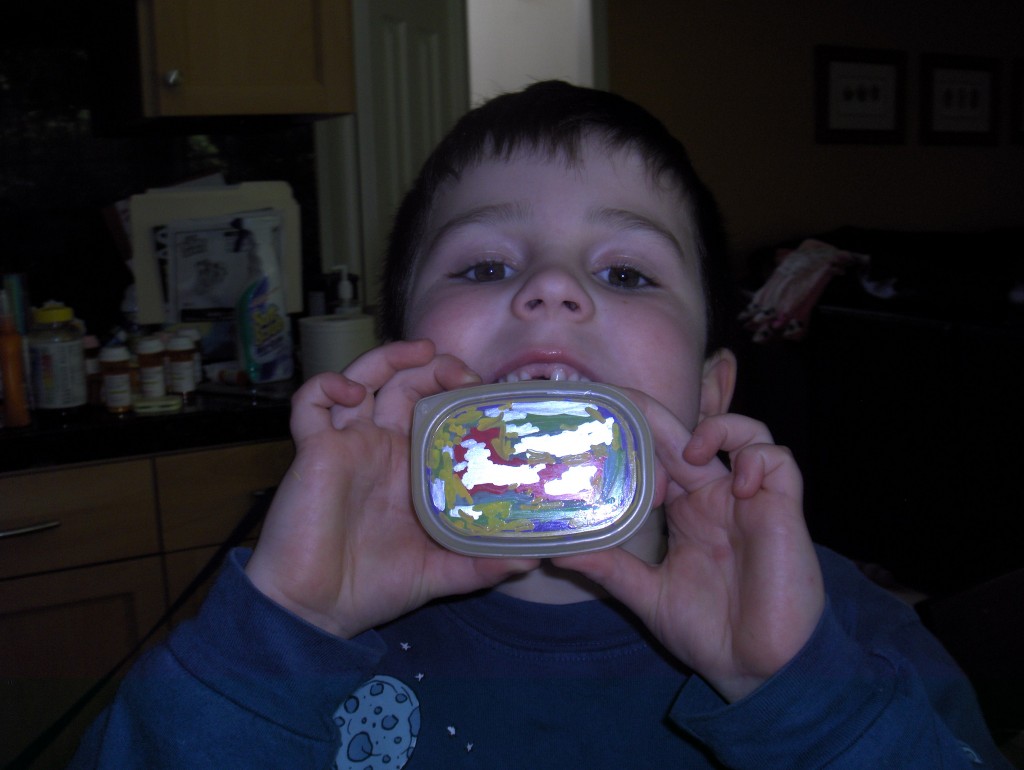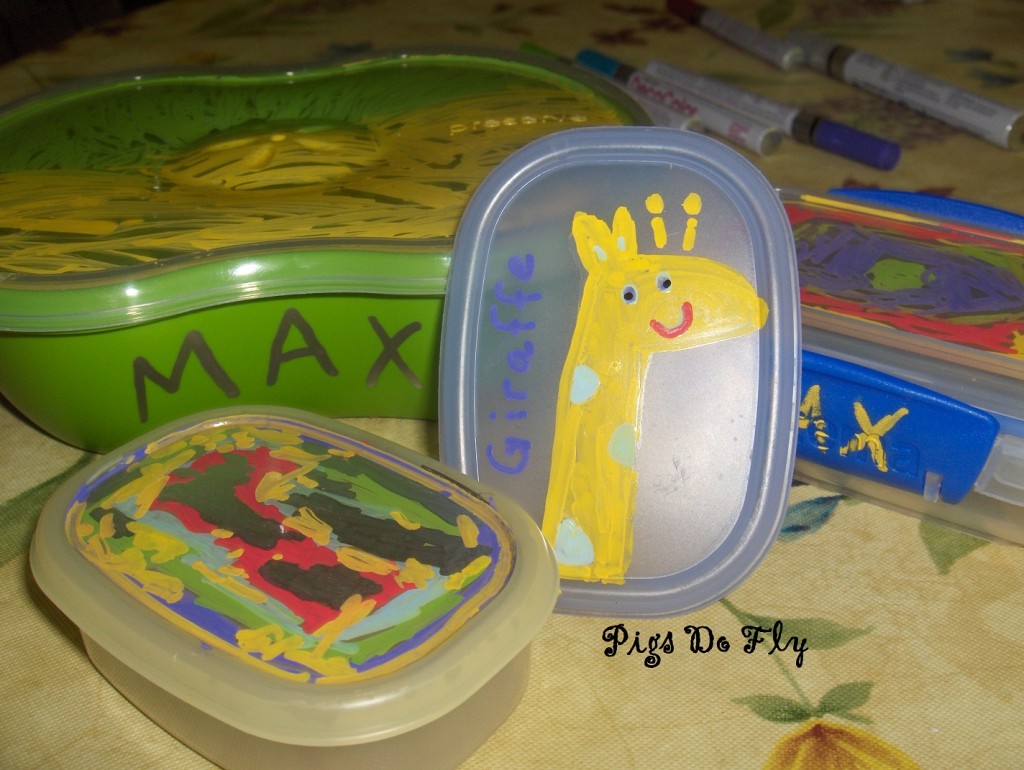Like many things, kindness is a quality that children learn over time and through practice. Thankfully, there are many things you can do to encourage your child to be a kinder, gentler person. Research has found that the desire to help and comfort comes just as naturally to humans as being self-centered or hurtful. “It’s almost as though we’re born predisposed to be upset by other people’s pain,” says Alfie Kohn, author of The Brighter Side of Human Nature: Altruism and Empathy in Everyday Life.
Â
Empathy — the ability to understand another person’s feelings — develops over time. A 2-year-old may try to comfort a crying playmate by offering her own pacifier or blankie. While she is not able to understand why her friend is crying, she remembers times when she felt sad and knows what comforts her. At 3, children are more aware of others, but they still have trouble relating to how others actually feel. They may delight, for example, in knocking down someone else’s block tower and not understand why the child who built it is so upset.
Â
By age 4, children can better understand when they’ve hurt someone and can sometimes offer an apology without being told. They are also quite empathic about another child’s injuries. Stacey York, a child development instructor, recounts how a 4-year-old came to class covered with bandages after falling off a two-wheeled bike while riding in the street. “First, there was amazement — ‘You can ride a two-wheeled bike and you were riding in the street?’ — and then empathy for how banged up she was.”
Â
By the time children are 5 or 6, they often can share more easily and take turns. And they are able to discuss what it means to be kind and can brainstorm ideas for how they might help people.
Â
Strategies for Encouraging Kindness
Â
The following suggestions will help you to teach your child about being goodhearted and compassionate. But in the words of author/psychologist Dr. Julius Segal, nothing “will work in the absence of an indestructible link of caring between parent and child.” When you kiss your daughter’s boo-boos or read cozy bedtime stories to your son, you are giving your children the base that enables them to reach out to others. “If a child has never felt understood by her parents or unconditionally loved, her own needs may continue to ring so loudly in her ears that she is deaf to the cries of other people in distress,” Kohn says.
Â
Â
Believe that your children are capable of being kind. “If you treat your kid as if he’s always up to no good, soon he will be up to no good,” Kohn cautions. “But if you assume that he does want to help and is concerned about other people’s needs, he will tend to live up to those expectations.”
Â
Model positive action. What you do and say is critical; let your child catch you in the act of kindness, such as driving an elderly neighbor to the store or offering a comforting word to a friend. Most parents start this role-modeling from day one. “They talk while feeding their baby, saying, ‘a little bit of food for baby, a little bit of food for me,'” says York. This lays the foundation for a lifetime of give- and-take and openness with people.”
Â
Treat children with respect. This can be as simple as alerting your child that playtime is almost over. “I always wince when I see parents suddenly decide it’s time to leave the playground and snatch their children away abruptly because it’s time to go home,” Kohn says. “That’s a disrespectful way to treat a human being of any size.” You might also point out successful conflict resolution through real-world experiences. At home, for example, you could say to your child, “Mommy and Daddy don’t always agree, but we listen to each other and treat each other with respect instead of putting each other down.”
Â
Coach your child to pay attention to people’s facial expressions. This is the first step in learning how to understand another’s perspective. “We are more likely to reach out to other people in need when we are able to imagine how the world looks from someone else’s point of view,” Kohn says. Let your children know often that how they treat others matters to you greatly. For example, a child might think it’s funny to see someone get splashed if a car drives by and hits a puddle. You can point out, “That lady is not laughing at what happened. Look at her face. She looks sad. Her clothes are dirty and wet now.”
Â
Don’t let rudeness pass. You might say, “Wow, that cashier must have had a really bad day to talk in such a mean voice to us at the supermarket. What do you think?” This teaches your child that when someone is nasty to you, you don’t have to be mean in response.
Â
Acknowledge kindness. Be sure to show your child that you notice when someone does something nice. For example, if someone slows down to let you exit a parking lot at a busy intersection, say, “It was really nice of that driver to let me out.” Likewise if your own child treats someone nicely, be sure to acknowledge and praise her effort.
Â
Understand that your child’s perception of differences in others comes into play. Young children notice differences in people, just as they notice them in animals and colors of crayons, so assume the best. If your child says something socially inappropriate, it’s important to explore the comment calmly. First ask, “Why do you say that?” Then you can correct the misunderstanding by more fully explaining the situation.
Â
Be sensitive to messages that your child picks up from the media. Children are just as likely to imitate kind actions they see in movies and read about in books as they are to act out other types of scenarios. Be aware of the programs and movies your child watches and be available to talk about what they see. Also, encourage reading books that focus on caring and compassion.
Â
Explain that calling someone names or excluding him from play can be as hurtful as hitting. If you hear your child calling someone a “poo-poo head” in the sandbox, go right into problem-solving mode with both children. Point out how the child who was called a name is upset: “Can you see the tears on his face?” Recognize that the real problem may be that the name-caller wants the giant sand bucket. Ask, “If you want something, what’s another way you can get it without hurting somebody else?” It’s also important to make sure the child who has been called the name isn’t feeling victimized, and encourage your child to apologize.
Â
Avoid setting up competition within your family. If you say, “Let’s see who can clean up the fastest,” you risk setting your kids up as rivals. “When children are pitted against one another in an effort to win at anything,” Kohn says, “they learn that other people are potential obstacles to their success.” Instead you could encourage them to work together to get the job done and praise them for their group effort.
Â
Show children how to help people in need. You can encourage your child to donate a toy he has outgrown to the annual toy drive, while you buy a set of blocks to give away. He can also help you make cookies for a shelter and come with you when you visit someone in the hospital or nursing home.
Â
Be patient with your little ones, because kindness and compassion are learned and life presents challenging situations even to adults. Being a loving parent and a great role model will go a long way toward raising a wonderful, tolerant human being.







